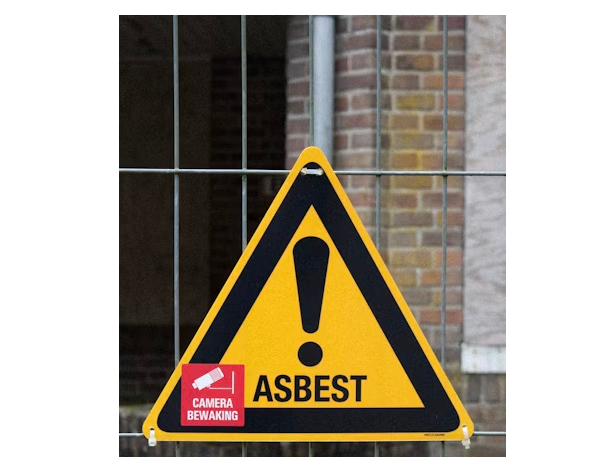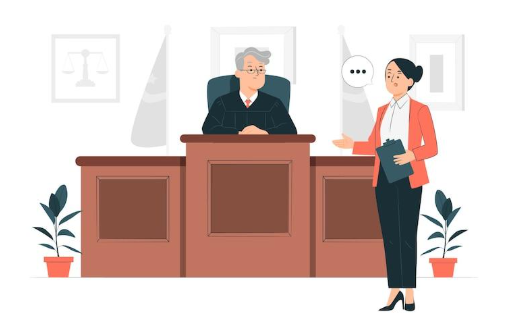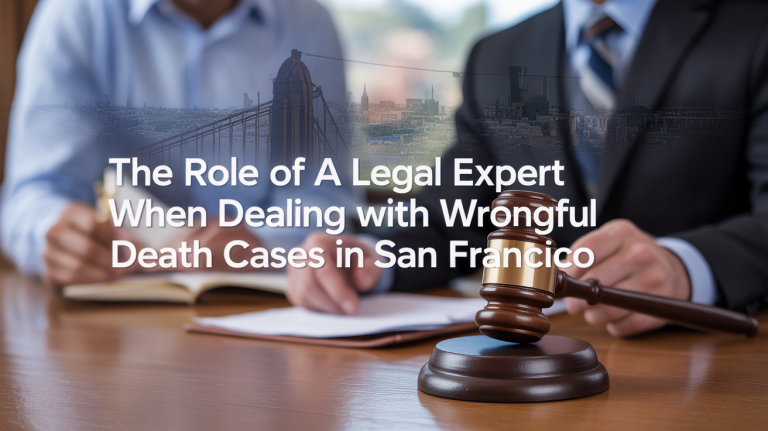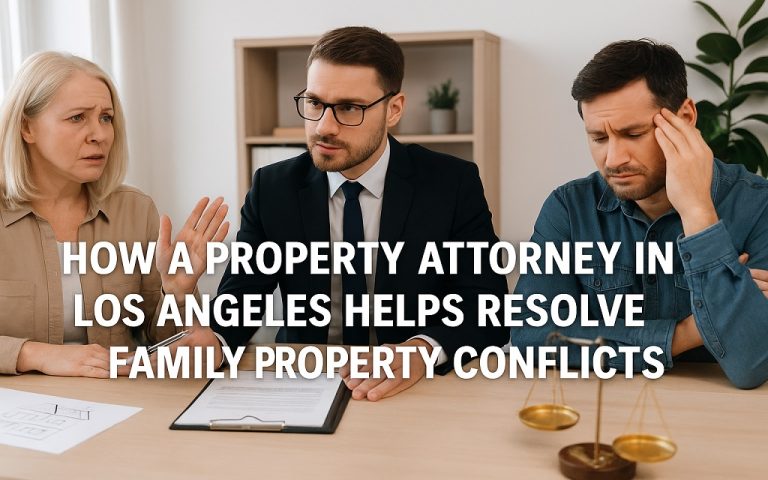Arizona’s industrial legacy carries more than economic history; it carries a human cost. From copper mines to military installations, countless workers were once exposed to asbestos, a mineral prized for its insulation and fire resistance. Decades later, many of those same workers, and even their families, are confronting mesothelioma, an aggressive cancer caused by asbestos fibers.
The story of asbestos in Arizona is one of progress shadowed by negligence. Laws now exist to hold corporations accountable, but the complexity of litigation in these cases demands both legal precision and compassion. Here’s what you need to know:
Arizona’s Asbestos Landscape
For much of the 20th century, asbestos use was widespread across Arizona industries. Mining operations in Globe and Morenci, construction sites in Phoenix and Tucson, and military bases like Luke Air Force Base and Davis–Monthan Air Force Base all reported long-term exposure risks. The result has been a tragic medical aftermath that continues to unfold even decades after the initial exposure.
According to the Centers for Disease Control and Prevention (CDC), asbestos fibers can remain dormant in the lungs for 20 to 50 years before mesothelioma develops. By the time symptoms appear, treatment options are often limited, and victims are forced to balance medical care with the daunting process of seeking justice.
The Legal Framework of Accountability
Arizona’s courts have long recognized the right of asbestos victims to seek compensation from negligent manufacturers, employers, or suppliers. However, filing a successful claim is rarely straightforward. Multiple defendants, overlapping jurisdictions, and strict deadlines can easily complicate a case.
State law generally allows a two-year statute of limitations for asbestos-related lawsuits, either from the date of diagnosis or from a loved one’s passing. Missing that window can mean losing the right to pursue damages altogether. This is where experience becomes indispensable. Consulting a qualified Mesothelioma Lawyer Arizona can make the difference between a stalled case and a successful claim. Specialized attorneys understand how to trace exposure history, locate viable defendants, and navigate both Arizona’s state statutes and federal asbestos trust funds.
Compensation and Veterans’ Rights
Because of Arizona’s deep military presence, veterans form a significant portion of the state’s mesothelioma cases. Ships, aircraft, and base facilities all made extensive use of asbestos insulation after all. The U.S. Department of Veterans Affairs (VA) offers compensation and healthcare benefits for service-related exposures, but filing such claims requires coordination between medical and legal documentation.
An experienced lawyer can ensure that veterans and their families receive all eligible benefits while pursuing additional compensation from liable manufacturers. Many cases are settled through asbestos trust funds. These are federal mechanisms established after the bankruptcy of companies that once manufactured or distributed asbestos products.
Why Legal Guidance Matters
A skilled mesothelioma attorney serves as both investigator and advocate. They reconstruct exposure histories that may span decades, identify which corporations bear liability, and assess how different compensation paths, like lawsuits, settlements, and trust funds, can be combined.
Equally important, they handle the procedural details that most families cannot manage while coping with a devastating illness: filing in the correct jurisdiction, meeting evidence requirements, and negotiating settlements without unnecessary delay. Given the emotional and financial weight of a mesothelioma diagnosis, the goal isn’t only to win compensation, but to bring closure and accountability.
Ethics, Access, and the Evolving Legal Landscape
Arizona’s asbestos litigation continues to evolve as courts grapple with changing standards of evidence and corporate liability. Recent years have seen renewed focus on transparency in bankruptcy-related trust funds and stricter scrutiny of medical testimony. These developments highlight an enduring tension in the legal system: ensuring fairness for victims while preventing abuse of process.
The ethical dimension is central here. Justice for asbestos victims isn’t only a matter of compensation; it’s a statement about public accountability. Every verdict, every settlement, reinforces the idea that public health cannot be collateral damage in the pursuit of profit.
Endnote
Today, Arizona’s asbestos story is still unfolding. While the state’s economy has diversified, the legacy of exposure remains. Thousands of residents are still at risk, and many families continue to face the physical, emotional, and legal aftermath of mesothelioma. Access to reliable information, strong advocacy, and ethical legal representation are what turn grief into justice. As Arizona continues to reckon with its industrial past, legal expertise remains the bridge between history and healing.




